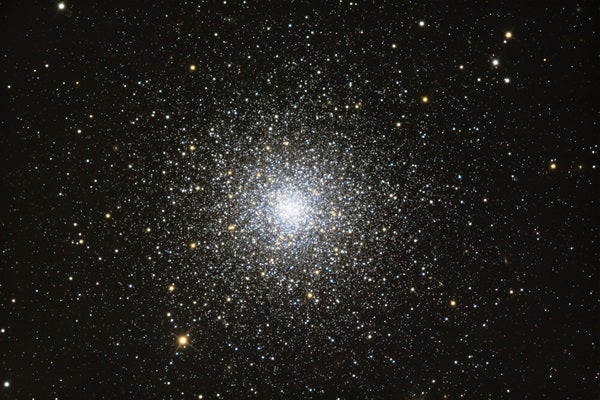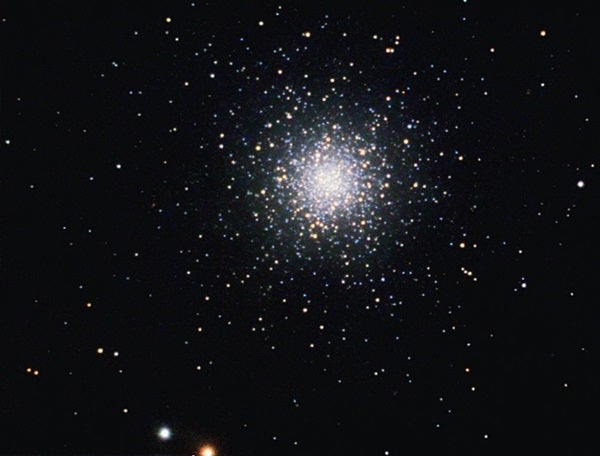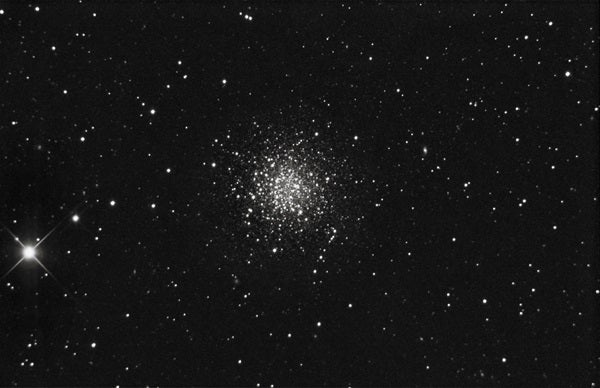That fascination for kites continues into the night sky, where we find a celestial version of a kite in the form of Boötes. This constellation dates back to the second century a.d. when astronomer Claudius Ptolemy included it as one of his 48 constellations in his monumental work, Almagest.
But Ptolemy didn’t see a kite when he looked at the stars in his new constellation. Instead, he envisioned an ox driver or a herdsman holding a staff in one hand. Perhaps, but it still looks like a kite to me, as I am sure it does to many others. In fact, if you look carefully, you just might spot the smile on the face of the child who is flying the kite! That smile, formed by a semicircle of stars to the east, is the constellation Corona Borealis the Northern Crown.
One reason why Arcturus appears so bright in our sky is that it is fairly close to our solar system, just under 37 light-years away. While most of the stars in the Sun’s neighborhood are comparatively modest, Arcturus — along with Alpha Centauri, Sirius, and Vega —really stands out in the crowd.
Arcturus makes a great jumping-off point for finding three globular clusters visible in tonight’s binocular sky. One is easy to spot, the second is more difficult, and the third is very challenging even for the largest giant binoculars.
Discovered in 1764 by Charles Messier, M3 is one of the brightest globular clusters in the entire sky. More than half a million stars are believed to be held in its grasp, making M3 one of the largest members of the Milky Way’s family of globular clusters.
Amateur astronomers everywhere should thank M3, because it was the spark that lit the fire in Messier to compile his now-famous catalog of deep-sky objects. While Messier had made extensive notes on the objects that later became the first two listings in his catalog, legend has it that his discovery of M3 started him on a systematic quest for other comet-like imposters.
Lastly, we have a third globular that is probably only visible through giant binoculars, and even then with difficulty. NGC 5466 lies within Boötes near the border shared with Canes Venatici. It shines at 9th magnitude, so seeing it depends on sky conditions. It’s a tough catch through my 16x70s from my suburban backyard, but it becomes much more evident if I travel to darker skies. Look for a dim, gray light just west of a 7th-magnitude field star.
I’d enjoy hearing your success with these three very different globular clusters. Drop me a line through my website, philharrington.net. And if you have a favorite binocular target that you’d like to share with the rest of us, I’d love to feature it in a future column.
Until next time, don’t forget that two eyes are better than one!













